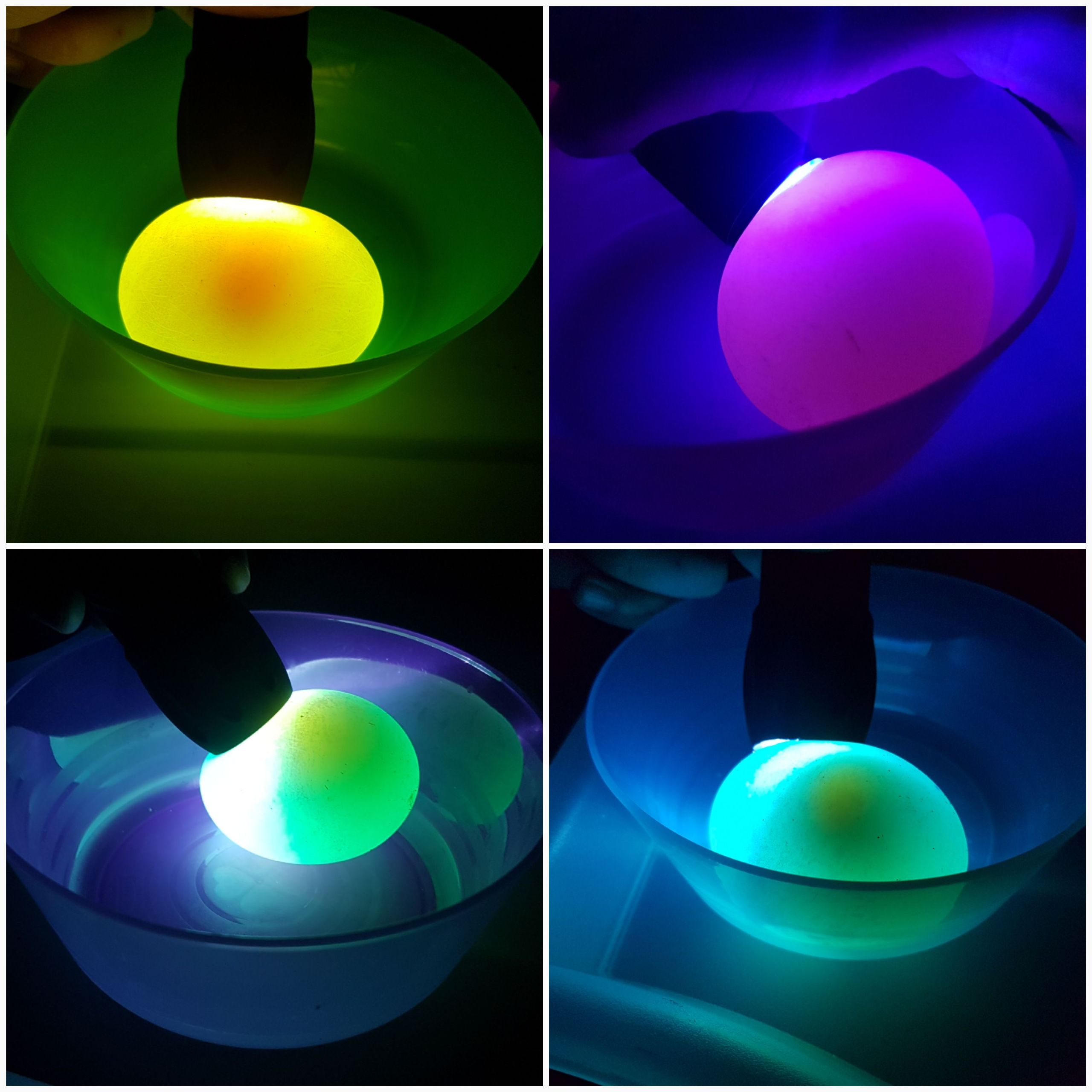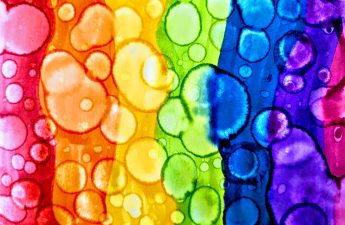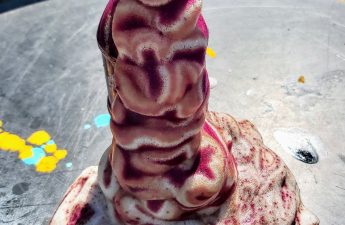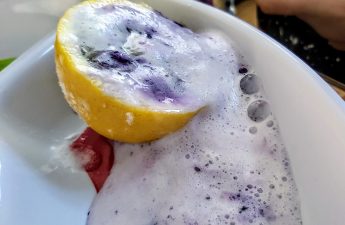A while ago we decided to do the naked egg experiment! After browsing through some ideas, I came across this awesome resource.
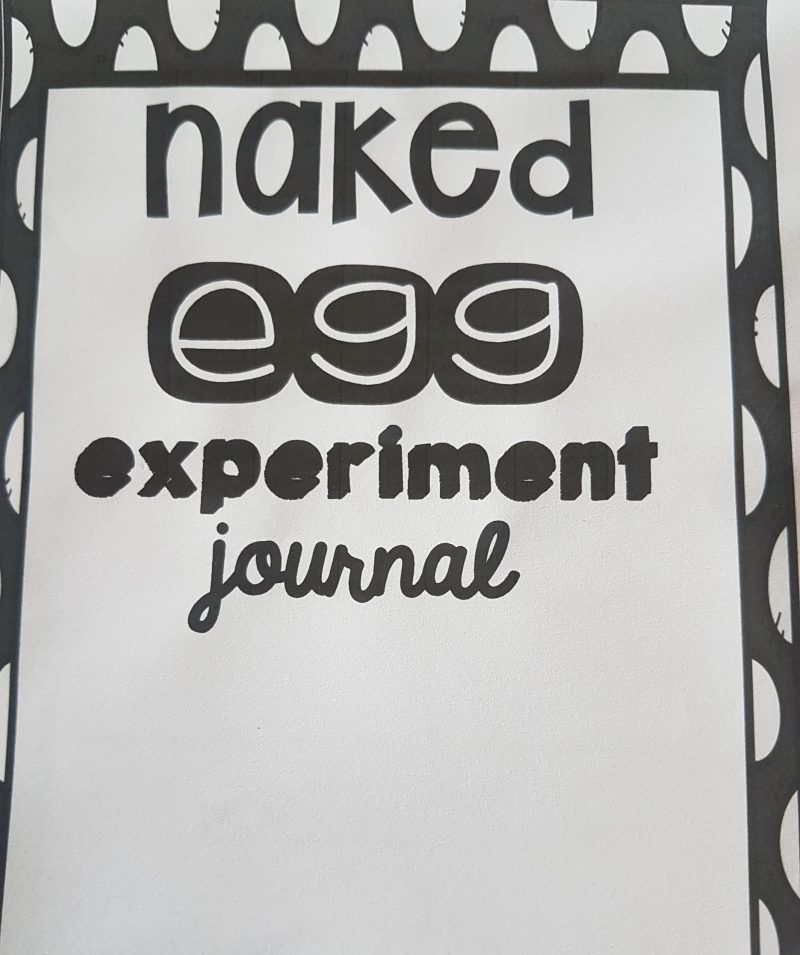
6 versions of experiment journals
Observation drawing page
Experiment writing pages
For this experiment you will need…
- Eggs
- Glass Jars
- Liquid Watercolours*
- Distilled White Vinegar
- Pipette Droppers*
- Experiment Journal (should you wish to record your findings)
- Pegs for your nose! (It’s a stinky ‘egg’speriment)
This experiment is super simple, but really effective. We had a lot of fun with it. I found that when we added colour the eggs looked fantastic. We did use a highlighter for one of them to see if we could get a glow in the dark egg, but unfortunately the egg was dropped and it splattered everywhere – so no result pictures for that one. 🙁
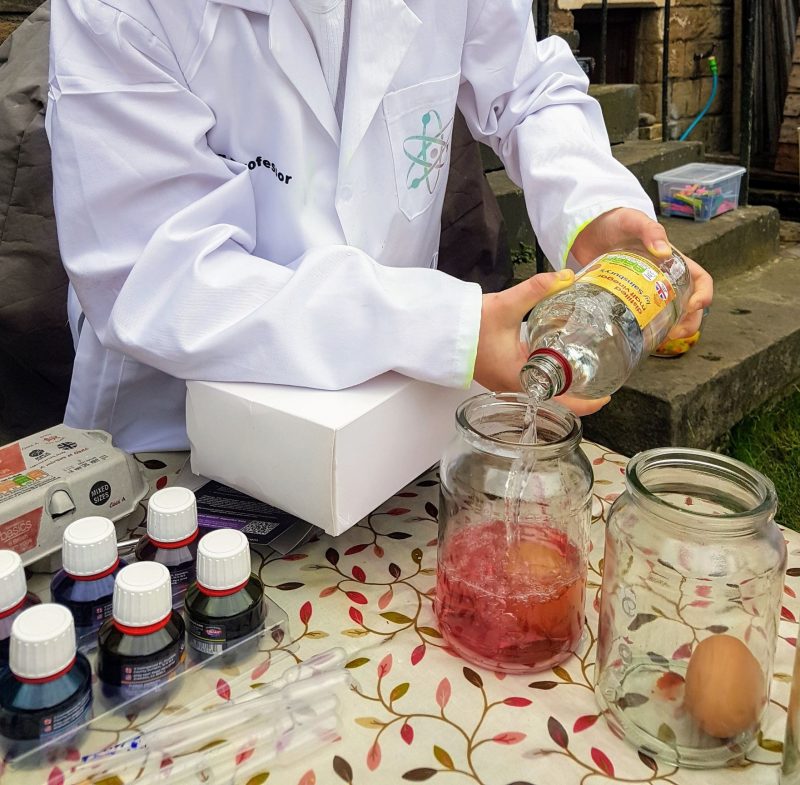
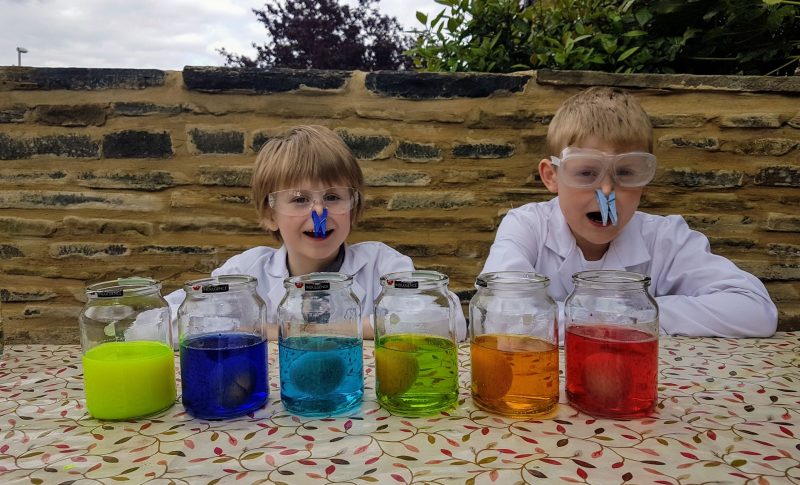
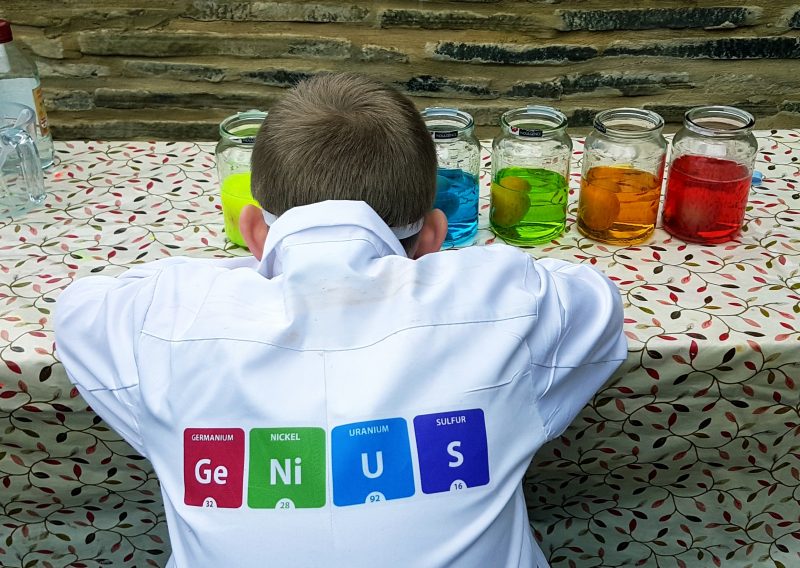
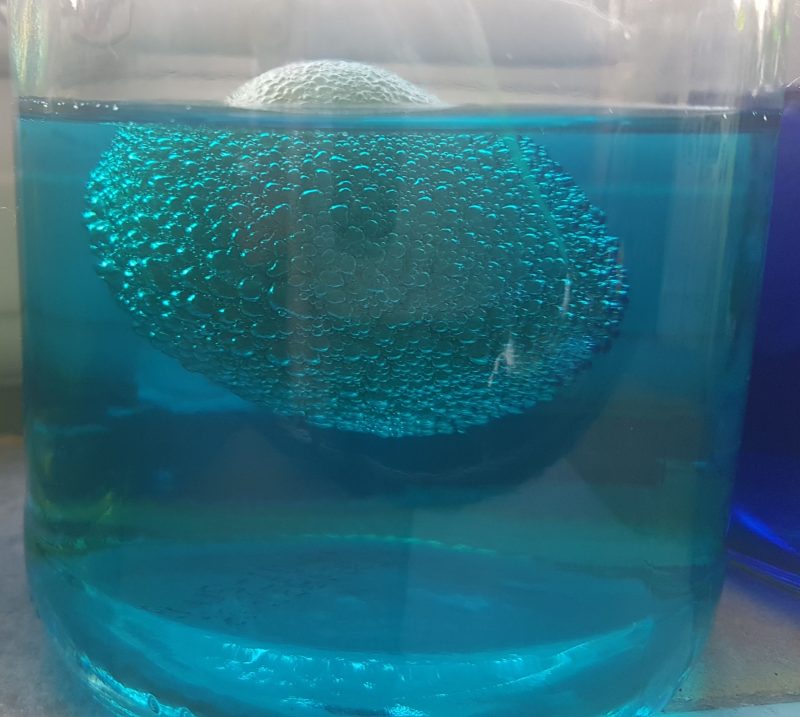
These are bubbles of carbon dioxide gas from the reaction.
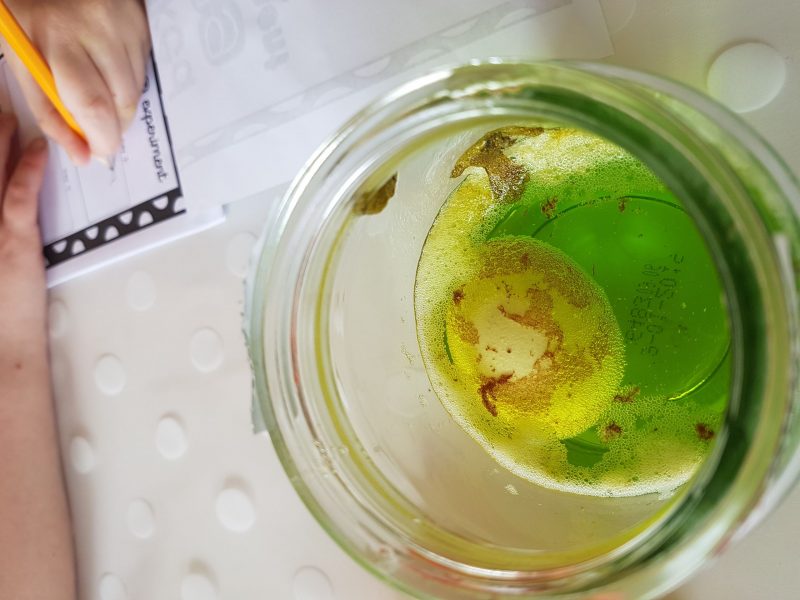
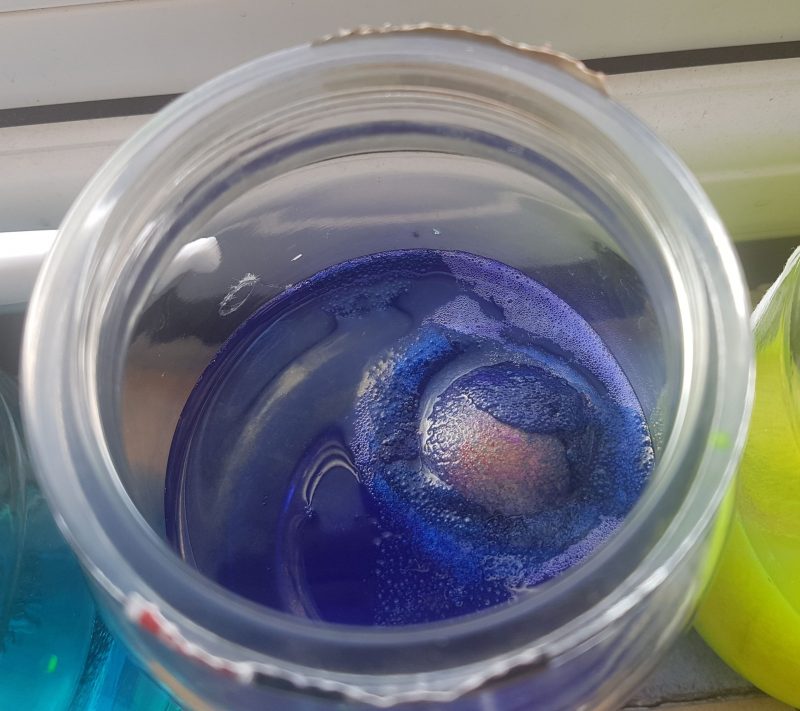
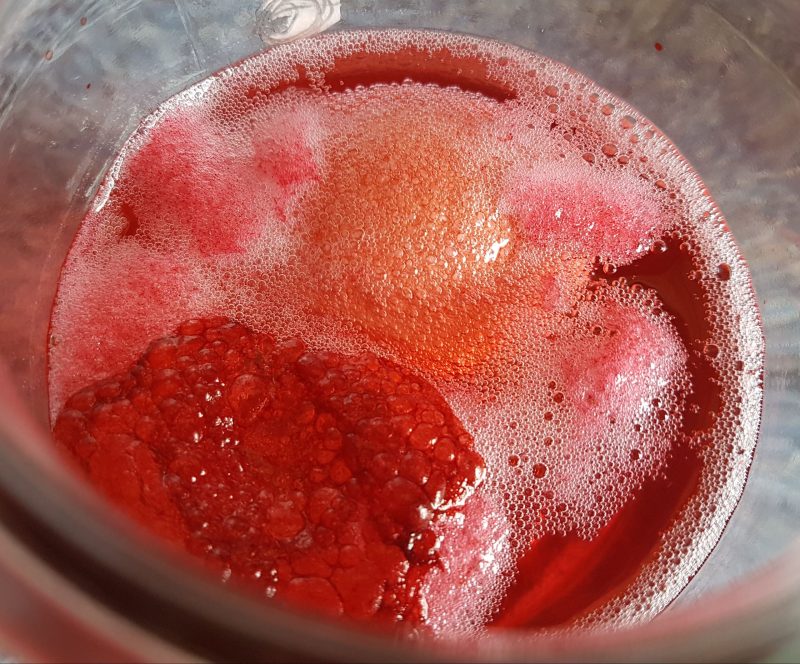
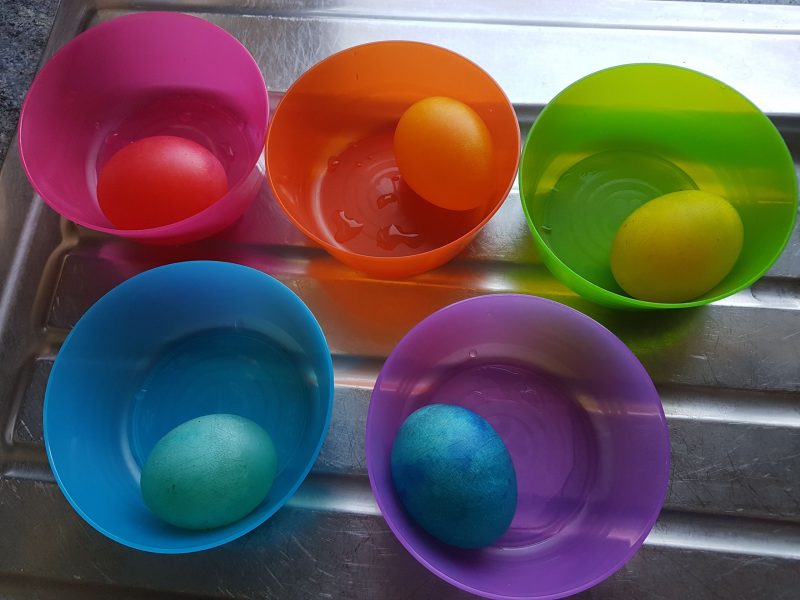
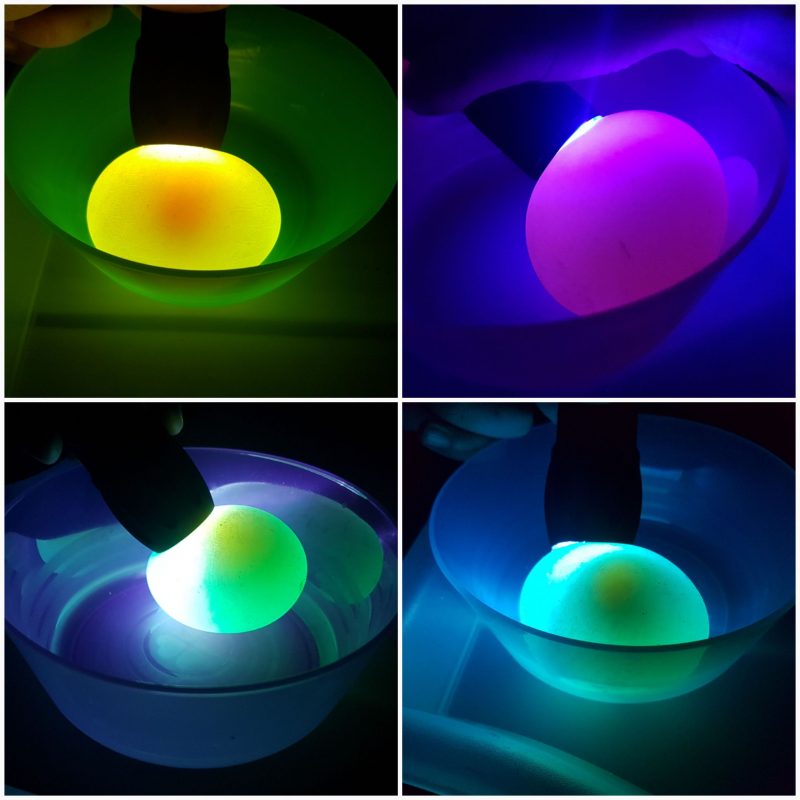
We decided that we wanted to see how bouncy these eggs could be so we took them back outside and had some fun with them.
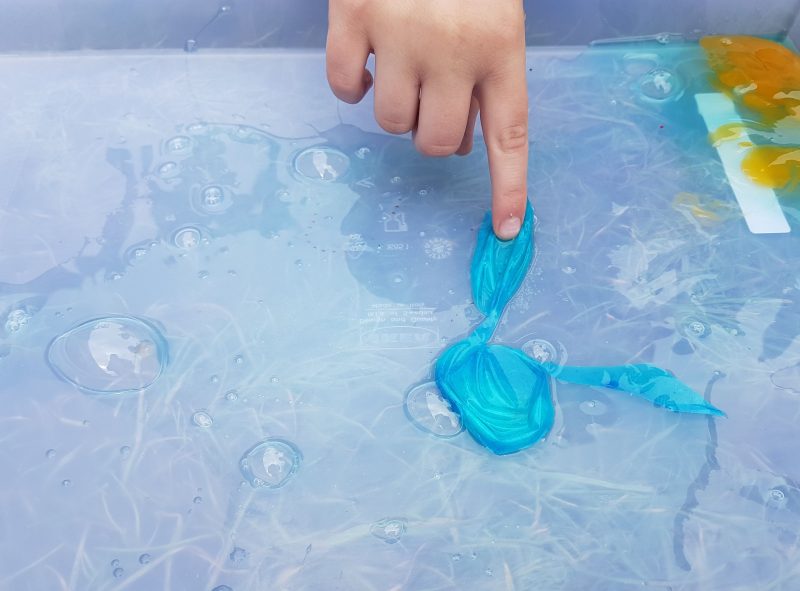
I’m going to let Steve Spangler explain how this all works – he is one of my favourites…
Starting with the bubbles you saw forming on the shell – these are carbon dioxide (CO2). Vinegar is an acid called acetic acid (CH3COOH), and white vinegar from the store is usually about 4% acetic acid and 96% water. Eggshells are made up of calcium carbonate (CaCO3). The acetic acid in the vinegar reacts with the calcium carbonate in the eggshell to make calcium acetate plus water and carbon dioxide that you see as bubbles on the surface of the shell.
The chemical reaction looks like this . . .
2 CH3COOH + CaCO3 = Ca(CH3COO)2 + H2O + CO2
Acetic acid + Calcium carbonate = Calcium acetate + Water + Carbon dioxide
And there you have it…. RAINBOW BOUNCY EGGS! Have fun with this one, I know that my mini scientists did!

